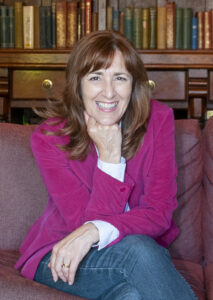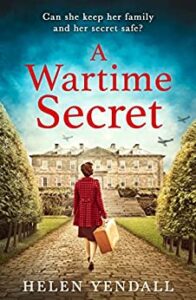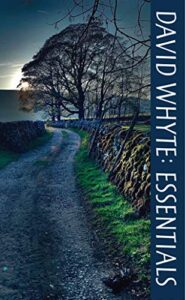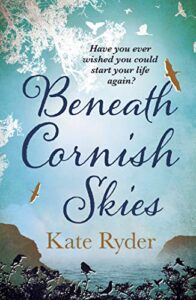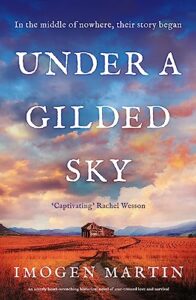 Where do I start with this wonderful novel? With the sense of place and time, I guess, because it was so very brilliant. It’s set in rural Missouri in the 1870s and reminded me greatly of the childhood books I adored by Laura Ingalls Wilder.
Where do I start with this wonderful novel? With the sense of place and time, I guess, because it was so very brilliant. It’s set in rural Missouri in the 1870s and reminded me greatly of the childhood books I adored by Laura Ingalls Wilder.
The story opens when, much to her older sister Ginny’s horror, teenager Mary-Lou brings home an injured drifter. The sisters pretend their father is still alive, just sick upstairs, to keep themselves safe while Lex heals, but running the farm is a struggle in financial terms, although they cope on every practical level.
Then Lex leaves, and it isn’t giving too much away to say that a sweeping love story ensues. Beautifully done, but not overdone, embedded in both the social mores of the time and the freedoms of homestead life. The characterisation – and I mean all the characterisation, right done to the couple Ginny meets on a train – is wonderful, and I genuinely struggled to put this book down.
A strong contender for one of my books of the year and I just had to ask Imogen how she had placed her reader in the American Midwest in the 1870s, when she lives in twenty-first century Wales:
The story for Under a Gilded Sky had been in my mind for a long time. The first and most important thing was how my protagonists, Ginny and Lex, would get to know each other and fall in love. I hope their characters drive the story. Once I had written the first draft, I zoned in on the exact time and place. The novel is set in the Midwest and Boston, and begins in 1874, 9 years after the Civil War. Although I have travelled in the States, I needed to do deep research. Luckily, the internet is a treasure trove of maps, photographs, academic papers, newspaper articles.
I’m a visual person and I needed to see my characters in their settings. Ginny’s homestead is the classic layout in the Midwest: what’s known as the I-House, with two rooms, a passage between, and the kitchen at the back. Not many remain, but Jessie James’ family home in Missouri survives because of his notoriety, so that was a great visual cue.
I wanted the size and price of Ginny’s farm to be accurate so I poured over the beautiful copperplate writing of page after page of the 1880 Agricultural Census for Missouri. I used William Strassburg’s farm in Pulaski County as a guide.
The episode in the Missouri Governor’s Mansion (my heroine has a rich cousin who is determined to find a rich suitor for her) uses the exact layout and décor of the real Mansion, using the rich details on their website.
The moments of research I most loved was when I found a nugget that would enhance the story. For example, I read on a history website about the devastating grasshopper plague of 1874 and 1875 which afflicted western Missouri and created financial strains. An academic from University of Missouri wrote a paper about the Missouri Banking Fraud of 1861, so I threaded this into Ginny’s aunt’s story.
I tried to capture train journeys of that time. Charles Dickens wrote letters about travelling on a train in Massachusetts and, although earlier than my setting, I used snippets such as his description of orange peel and nuts on the floor. My best research moment was when, after hours of Googling, I discovered the exact timetable for Ginny’s journey from St Louis to Boston. She leaves at 7.20am, because that is the accurate time from 1875.
Looking back on my notes now, I see a huge level of detail. My hope is that this has made the story feel authentic, without the reader thinking they are walking through a museum.

